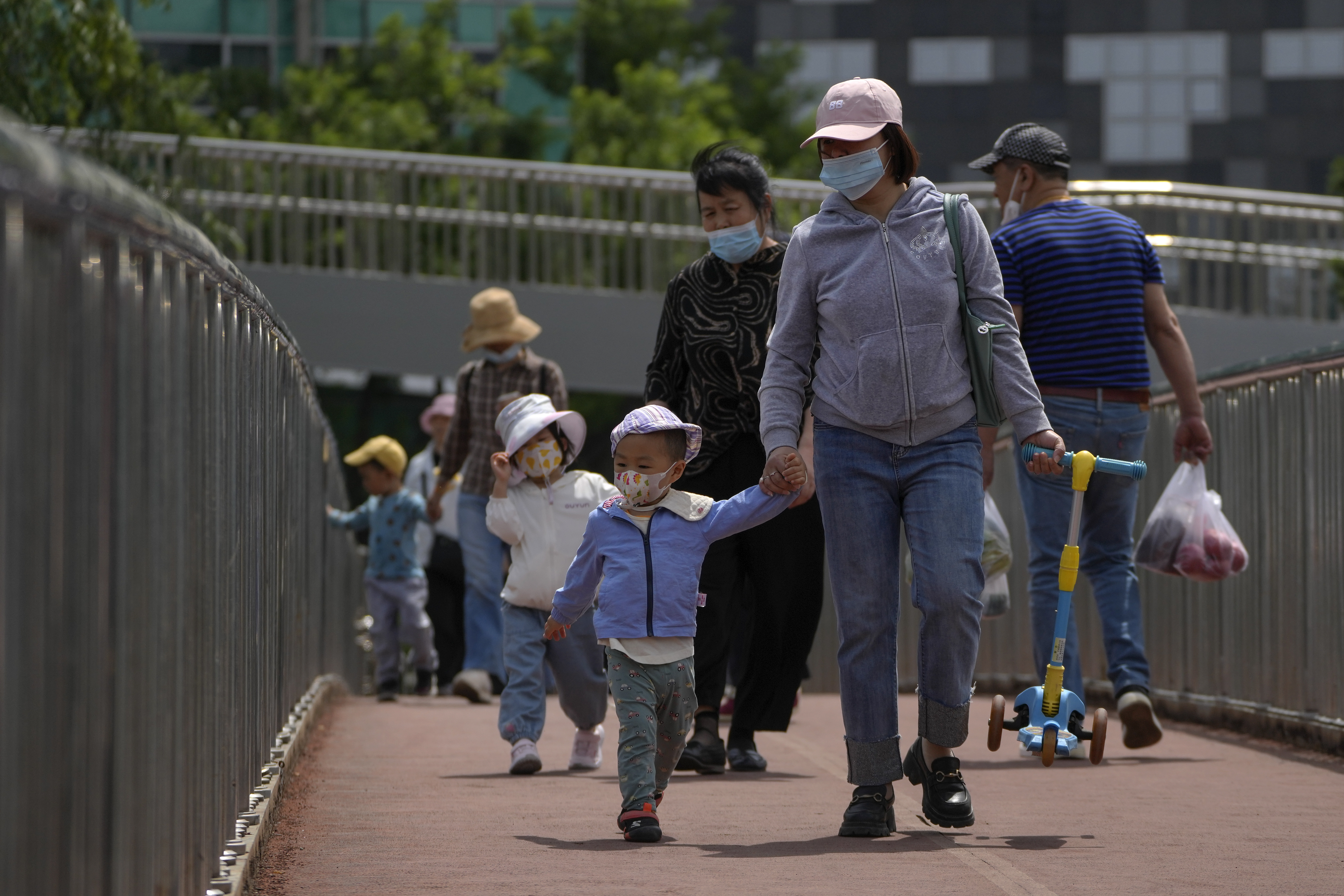
As China experiences its first winter without strict COVID-19 restrictions since the outbreak of the pandemic three years ago, a wave of respiratory illnesses is sweeping across the country.
The unusual rise in cases has prompted the World Health Organization (WHO) to prod China for additional information on the outbreak and seek enhanced response measures. Although the cause of this trend is unclear, some health experts are attributing it to a common and temporary aftereffect of lifting lockdown restrictions, even as unanswered questions around the infections and the country of their spread have led others to draw parallels with the early days of the pandemic.
Here is what to know about the current situation with the outbreak and what to expect:
What do we know about China’s pneumonia outbreak so far?
- On November 13, China’s National Health Commission reported an increase in respiratory diseases at a press conference.
- On Sunday, clusters of undiagnosed pneumonia in children in northern China were reported by the Program for Monitoring Emerging Diseases (ProMED), a surveillance system that conducts global reporting of infectious disease outbreaks. It is unclear if this report overlapped with the press conference information.
- According to the ProMED report, infections have proliferated in Beijing and the city of Liaoning in the country’s northeast, which are 800km (500 miles) apart.
- On Wednesday, the WHO asked China to release information on the recent outbreak, including “additional epidemiologic and clinical information, as well as laboratory results from these reported clusters among children”.
- Although official figures on the number of cases are not available yet, hospitals in Beijing have witnessed a surge in patients, especially in the children’s wards. “One major hospital in the city has reported that on average every day, they are seeing about 1,200 patients enter their emergency room,” Al Jazeera correspondent Katrina Yu reported from Beijing on Thursday.
- Schools in Beijing are also reporting high levels of absenteeism, even dismissing entire classes for at least a week if some students are ill and warning parents to be extra cautious, Yu said.
- Health officials are also worried that winter will exacerbate the spread of the infections after a warning from China’s national weather authority that, starting on Thursday, the country’s cold temperatures will plunge even further.
Why is pneumonia spreading in China?
Authorities from China’s National Health Commission attributed the rise in cases to the lifting of COVID-19 restrictions. Health experts have also agreed that this could be the reason, similar to the “lockdown exit wave” that was witnessed in countries like the United Kingdom.
China may be repaying an “immunity debt” after their lengthy lockdown, “which must have drastically reduced the circulation of respiratory bugs and hence decreased immunity to endemic bugs”, Francois Belloux, director of University College London’s Genetic Institute, said in a statement posted on X.
He added that based on current information, “there is no reason to suspect the emergence of a novel pathogen” and that Mycoplasma pneumoniae, the probable source of most cases and a bacteria that typically affects younger children, is “generally fairly harmless”.
Chinese authorities listed mycoplasma as one of the circulating pathogens along with respiratory syncytial virus (RSV) and SARS-CoV-2, the virus that causes COVID-19. The WHO has asked China for more information on the recent patterns of these microorganisms.
While the presence of a novel pathogen is a possibility until more information is made available, the outbreak could also be due to “an existing but newly mutated pathogen with modified characteristics and severity”, said Laith Abu-Raddad, professor of healthcare policy and research at Weill Cornell Medicine in Qatar.
“Both scenarios would be of global concern as pathogens will cross national borders sooner or later regardless of preventive measures,” he said.
What else can we expect from the outbreak in China?
At their press conference, Chinese authorities said there is a need to step up disease surveillance and strengthen the capacity of health systems.
The WHO and medical staff in China have also advised people in the country to reinforce practices from the COVID-19 pandemic era, such as rigorous handwashing, wearing masks and social distancing.
In Liaoning Province, people have been queueing up at traditional Chinese medicine hospitals while patients at Dalian Children’s Hospital have had to wait in line for two hours, according to the ProMED report.
Although medical staff are concerned about the spike in infections in people under 18, they are also worried about vulnerable populations such as the elderly and pregnant women, Yu reported outside Beijing Children’s Hospital as a steady stream of parents walked hand-in-hand with their children behind her.
Abu Raddad noted that the incidence in children could suggest that older individuals have some immunity to the pathogen that is rampant, possibly RSV, and so a cause for less concern since a new vaccine is available for the virus.
Experts have agreed that more definitive information is needed on the illnesses.
Could also be #RSV or anyone of other respiratory pathogen – so we need more information
If this is #Mycoplasma it is important to remember
✅ it can cause extra-pulmonary disease
✅ it can be treated with Azithromycin in children (although macrolide resistance is reported) https://t.co/gFleX3Zfml— Krutika Kuppalli, MD FIDSA (@KrutikaKuppalli) November 22, 2023
What is pneumonia?
Pneumonia is an inflammation of air sacs in the lungs due to bacterial, viral or fungal infection.
Commonly affecting young children and older adults, the infection can be deadly. Deaths due to the illness are highest in Asia and sub-Saharan Africa, according to a WHO report in 2022.
Symptoms tend to include chest pain, coughing, fever and fatigue. Although the illness takes a toll on one’s lungs and body, it can be treated with antibiotics when caused by bacteria. Recovery timelines typically last from a week to a month or more.







